Telemedicine for Ambulance Crews Has a Future, Despite Fiasco of ET3
EDITOR'S NOTE: The following is an excerpt from an article by Larry Beresford, originally published on EMS World on April 3rd, 2024. Check out the...
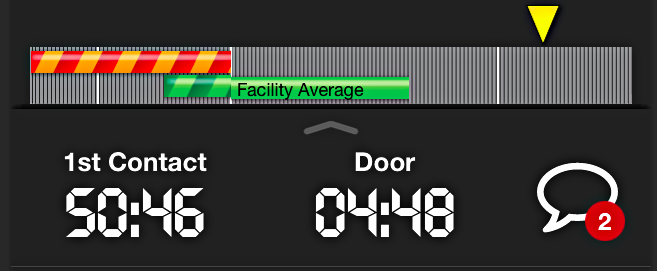
Do you believe that “time is tissue?”
Two million brain cells die every minute when your patient is having a stroke. With that knowledge, how can we decide on an “acceptable” treatment time? Is it the 60-minute national benchmark? What about a 45-minute treatment time? Perhaps even 30 minutes? Think about that math for a second and how many neurons you could spare by cutting your treatment times for stroke. Similarly, how much cardiac tissue could be spared by reducing STEMI times?
As clinicians, we KNOW that time is tissue and every second counts. The faster the better.
We create regional systems of care to coordinate critical resources that are scattered throughout the city and hospital in order to open the blocked vessel as soon as possible. We set benchmarks and hold ourselves to specific standards.
Lives and quality of life are at stake. These processes should be so streamlined that others who work in time-sensitive endeavors look to us for inspiration and improvement opportunities.
But that doesn’t happen.
 Let’s talk about running. Runners devote their lives to trimming minutes -- no, seconds -- off of their times in order to win a race or reach a personal best. They not only have an overall goal, but they segment a race into milestones with definable benchmarks (or splits). They use these benchmarks to develop training strategies, and measure success in real time during the race.
Let’s talk about running. Runners devote their lives to trimming minutes -- no, seconds -- off of their times in order to win a race or reach a personal best. They not only have an overall goal, but they segment a race into milestones with definable benchmarks (or splits). They use these benchmarks to develop training strategies, and measure success in real time during the race.
Sounds similar to critical care teams, right? Hmmm … There might be one difference. Imagine if runners actually emulated healthcare during a race.
It would look something like this:
An elite runner wants to run the 1600m (about a mile) in 4:00. We tell him that he needs to run each lap in 60 seconds and each half lap in 30 seconds. He is trained and fully capable of reaching this goal. Sounds great right? We set similar benchmarks for STEMI and stroke cases with milestones that have specific goals to help us reach our overall treatment benchmarks.
NOW let’s tell the runner we are going to “help” him by scattering 3 clocks (not stopwatches) around the track and they will all be synced to a different time. In addition, we are not going to tell him when the race officially starts. We will, however, send him multiple pages throughout the day and one of these will be to let him know that the race has already started and he should head down to the track. Then, we get frustrated that the runner does not meet his goals. I mean he “knew” the specific milestones and the associated benchmarks, right?
STEMI and stroke care is even more complicated because it requires coordination of multiple people. Simply adding more process improvement initiatives, protocols and benchmarks may not solve the problems they face and, instead, only add to the frustration and chaos.
What’s missing? What could we learn from runners?
What our industry needs is a UNIVERSAL CLOCK.
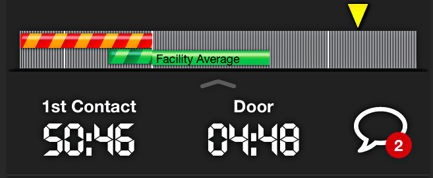
We have regional systems of care that are comprised of multiple hospitals and EMS agencies. When treating a STEMI or stroke, our elite clinicians need to be on the same page, know where they are in a case relative to their benchmarks, and be synced throughout the case to a UNIVERSAL CLOCK. How can we do this in real time using a combination of radio reports, pagers, emails, phone calls, fax machines and a stopwatch or egg timer on the patient’s bed?
We can’t.
Colin Powell once said “Experts often possess more data than judgement,” whereas “Great leaders are almost always great simplifiers who can cut through argument, debate, and doubt to offer a solution everybody can understand.”
Pulsara is not just an expert that spits out data or abstract ideas. We are the leader in acute care coordination. Our vision is to SIMPLIFY care coordination to UNITE and EMPOWER people to better health. Our UNIVERSAL CLOCK is one the many tools we use to partner with you to help you achieve your treatment goals.
After all, time is tissue and every second counts.
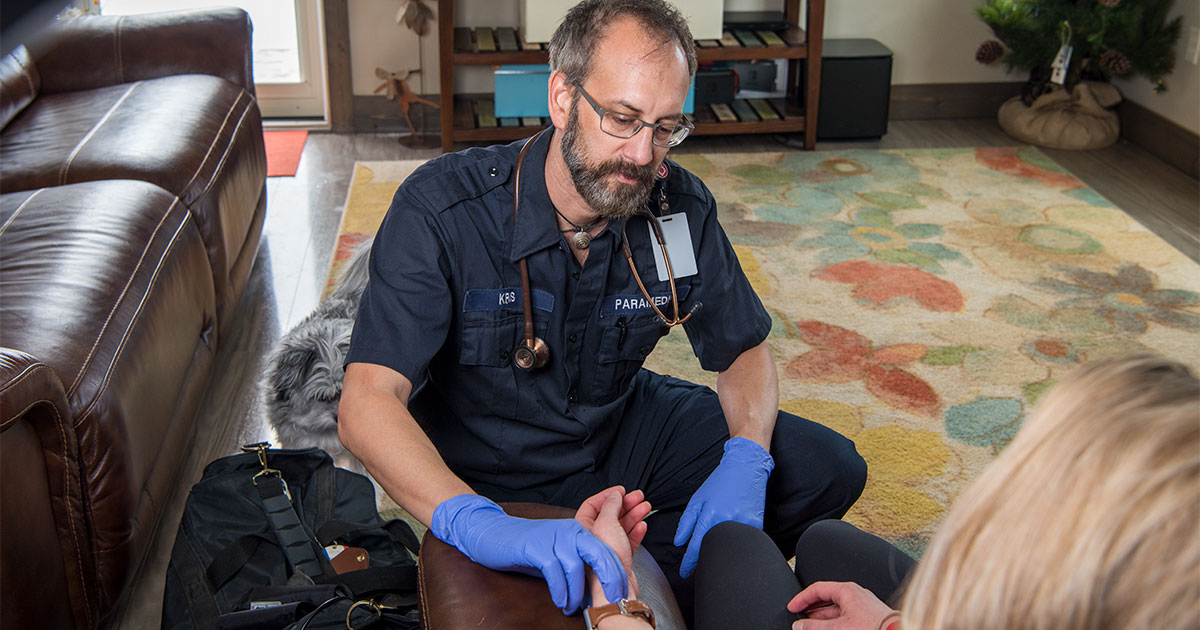
EDITOR'S NOTE: The following is an excerpt from an article by Larry Beresford, originally published on EMS World on April 3rd, 2024. Check out the...
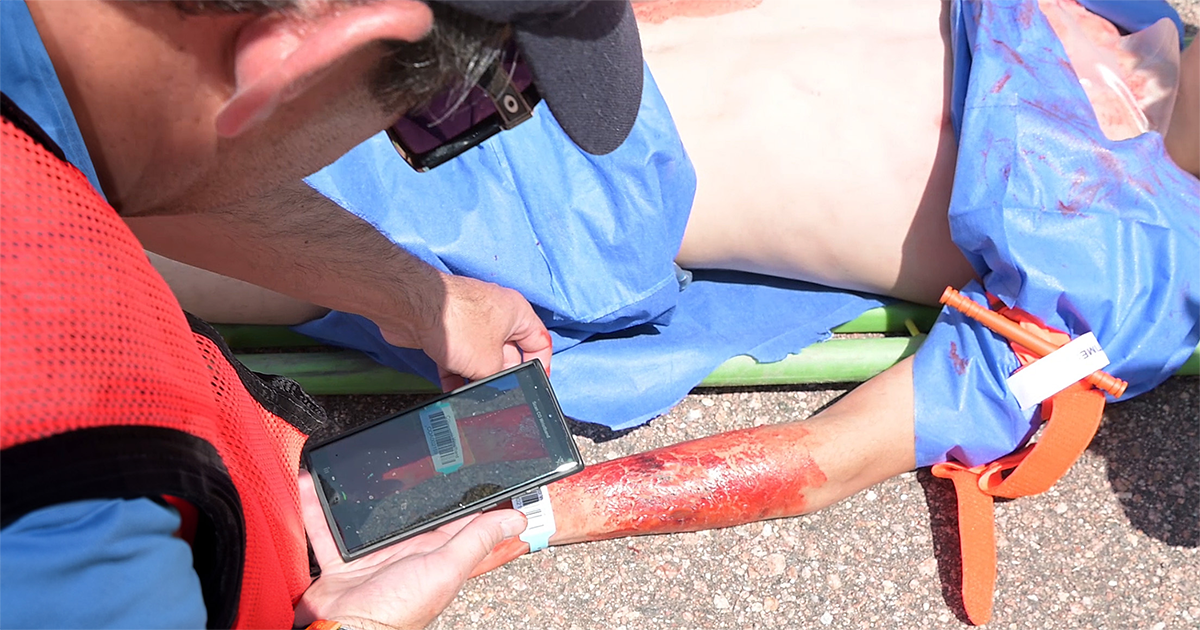
EDITOR'S NOTE: This article originally appeared on EMS1.com. Special thanks to our guest author, John Erich, for EMS1 BrandFocus Staff.__ No matter...
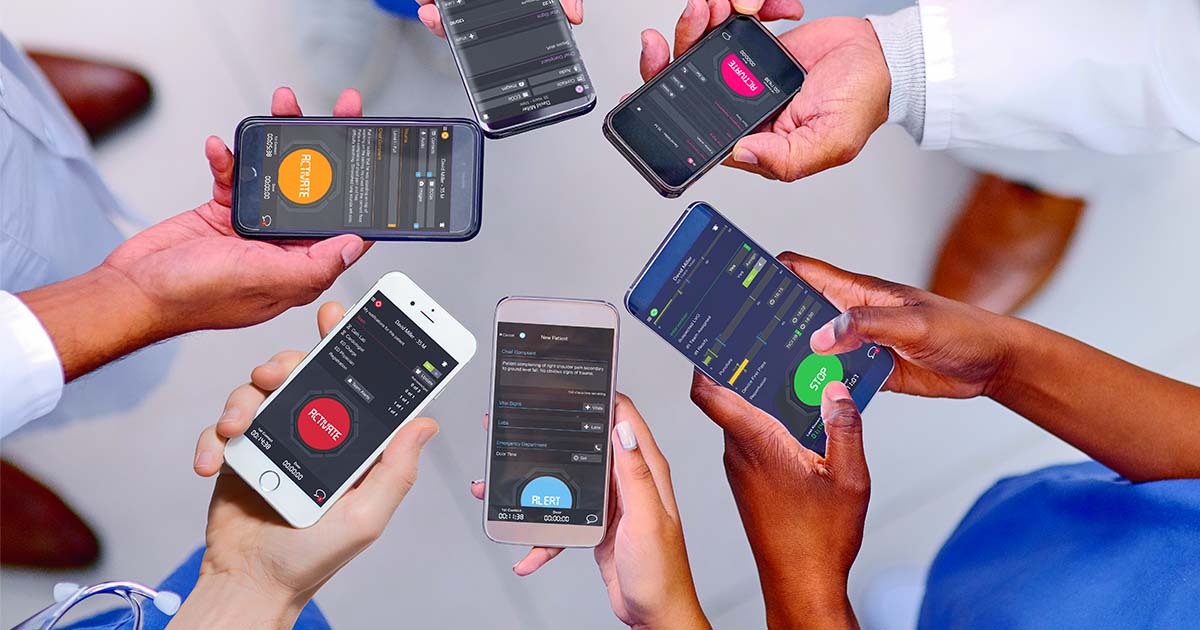
March Recap Our teams exhibited at 5 trade shows in March, including the South Carolina EMS Conference and the Texas EMS Medical Director Conference....